The Last Nottingham Lace Maker
This week I give you a glimpse into the beautiful world of lace making at Cluny Lace, the last lace maker in England. I'm a huge lover of lace and have used it in all my collections. I worked with Cluny lace when I used to design lingerie for M&S many decades ago so when I started my own brand I was thrilled to find that Cluny were still making lace on their incredible museum worthy machines. The Mason family, now in their 9th generation, produce lace for couture brands all over the world, from their handsome mill in Ilkeston, Derbyshire. A British heritage brand with craftsmanship at its heart.
Take a tour around the mill, experience the history and see what we have designed using this most exquisite cotton lace. We took Daisy to model our styles, with photos by Jannine Newman. Step inside and enjoy!
Justine x



A BRIEF HISTORY OF LACE
Lace, as we think of it today, can be charted back to the European continent from the beginning of the 16th Century. The first known hand-made lace patterns appear to have come from Venice, and from there, travelling noblemen and the inter-marriage of royal families caused the spread of lace in fashion and fabrics throughout Europe, finally popularising lace on our British shores.
Whilst hand-made lace was popular, due to high demand for it's use, the development of machinery enabled a thriving economy to develop and by the mid 1700's, at the start of the Industrial Revolution, steam powered machines were being invented to mimic the motions of hands making lace.



LACE IN NOTTINGHAM
Nottingham became the centre of the lace trade in the UK as the development of lace evolved from the existing knitting industry and the invention of the knitting frame by William Lee of Calverton in Nottinghamshire. Leavers lace, a method of twisting the threads between a net base with a jacquard pattern determined by punch cards was invented by John Levers in 1813. These new technologies at the time led to a thriving lace industry in Nottingham and the surrounding area.
It was during this time, just over the border in Derbyshire, that Cluny Lace developed their own lace designs. Already framework knitters and flax dressers in the 1700's, they started to develop their own lace production by the 1760's. The Mason family at Cluny, now in its 9th generation with Charles Mason at the helm, continue the tradition of Nottingham lace making and for over 150 years, the family have designed an unprecedented library of lace designs, many of which are still used today, contemporary and modern in their timeless appeal.
The Masons have devoted their lives to ensuring that the lace industry literally carries on by a thread in the UK. The imposing brick mill still shudders each day with the churn and chug of machines and their unique lace designs are exported around the world. Given the family’s dedication and determination, thankfully Cluny should be producing lace long into the future.




INSPIRATION
I simply love Cluny Lace. I remember flicking through some lace patterns when I used to design lingerie at M&S at a time when they 'Made in the UK' and I still have some samples that I saved from over 30 years ago. When I started designing for myself, I was happy to find that Cluny still existed and was passionate about using lace in my collections.
What I love about Cluny Lace is the natural cotton used, and with it the blend of luxurious practicality. Cluny has created lace for the catwalks, even Kate Middleton's wedding dress whilst at the same time crafting simple designs that adorn everyday tablecloths. It's that wholesome quality that appeals to me for my dresses.


OUR LACE STYLES
The Portobello dress is our homage to the beauty of Cluny craftsmanship with it's all-over lace design. This dress is made-to-order and has been bought for special occasions and even as a contemporary wedding dress!
The Portobello Top is a simple lace elevated t.shirt to add a touch of natural glamour worn with a skirt or jeans.
The London Fields dress, is our modern 'prairie' style and appears every season in corduroy, linen or print - it's a great dress to wear up or down. The bodice seams, both front and back, contain inserts of cotton Cluny lace, adding a unique touch and adding a soft 'sexiness' to the style. Here, Daisy wears the 'Leafy Floral' print version. Take a look at the Lace Edit to see all our styles featuring lace.

Daisy helps to wind the lace on to the cards. At Cluny there are over 365 lace designs to choose from from all over fabrics to the finest of trims.


WORKING AT CLUNY
Meet Kate at Cluny Lace, who tells us what it's like to work at this incredible factory:
"My name is Kate and I've been working at Cluny for 20 years. Having originally been a secondary school teacher, I came to Cluny to help out in the office for a short while and here I am 20 years later...lace seems into the blood! I work with our UK customers, our overseas agents and the dyehouse in France. However, like most small businesses it can be all hands on deck separating a lace for an order or rolling allover fabrics.
Stepping into the factory is like stepping back in time as we are pretty unchanged in 150 years – but we now have electricity to power the machines rather than belts driven by steam. Other than that we make lace in exactly the same way that it always has been; punched cards tell these incredible machines what pattern to make and great big cogs, wheels and levers work together to produce these most exquisite laces. It's still staggering to see these 10 tonne machines producing such delicate designs – they are the product of some formidable Victorian engineering! With their metronomic sound when running, it feels as if the building has a heartbeat and you can really feel the history.
We love seeing the creative ways in which our laces are used by Justine Tabak and we are proud to see the presence of our lace on the garments of another British manufacturer."

Ian is in today! Daisy wear the cream corduroy London Fields Dress. Below are the punch cards that create the patterns for each lace design.

With thanks to the team at Cluny lace for having us, and for continuously providing beautiful lace. It is a true delight to design with.
Photography: Jannine Newman @underthecloth
Model: Daisy Shackleton
Daisy is wearing the following styles, from the top: Portobello Lace Top, Green Chive Petticoat Skirt, Leafy Cotton and Nottingham Lace London Fields Dress, Portobello Lace Dress, Cream Corduroy London Fields Dress.
All pieces featuring Nottingham lace can be found in our 'Lace Edit'.
Thank you to Charles Mason and all the team at Cluny Lace for having us at your beautiful mill.
INTERESTING REFERENCES
https://www.laceguild.org/a-brief-history-of-lace
https://www.bbc.co.uk/legacies/work/england/nottingham/article_1.shtml
https://www.bbc.co.uk/legacies/work/england/nottingham/article_1.shtml
https://www.bbc.co.uk/legacies/work/england/nottingham/article_1.shtml
https://janeausten.co.uk/blogs/uncategorized/john-heathcoat-bobbin-net-machine
https://www.leftlion.co.uk/read/2022/march/cluny-lace-ilkeston-the-last-lace-maker/
https://costumesociety.org.uk/blog/post/leavers-lace, http://www.clunylace.com/page0004v01.htm
http://www.nottshistory.org.uk/books/mellors1908/lacemachine.html



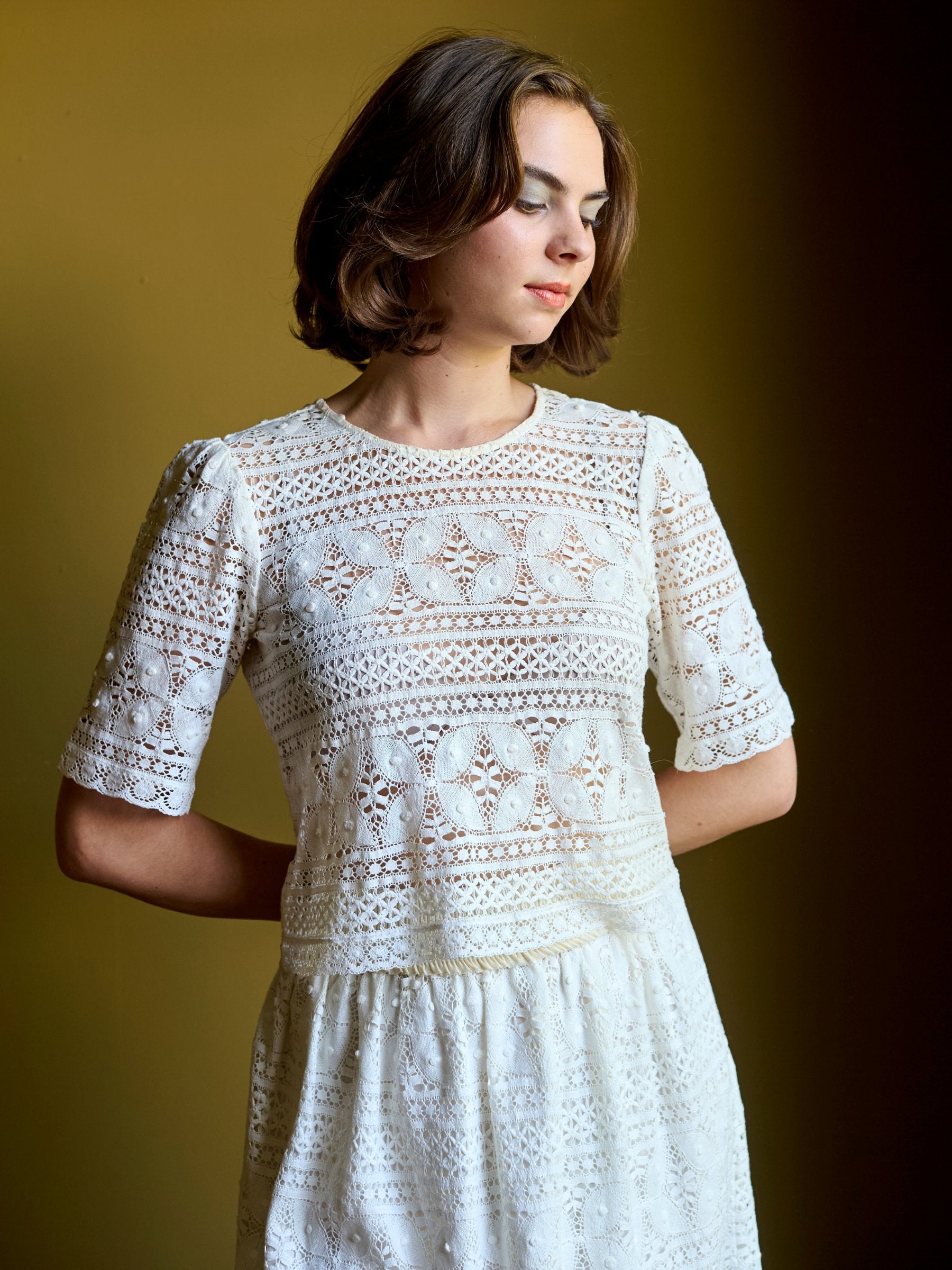
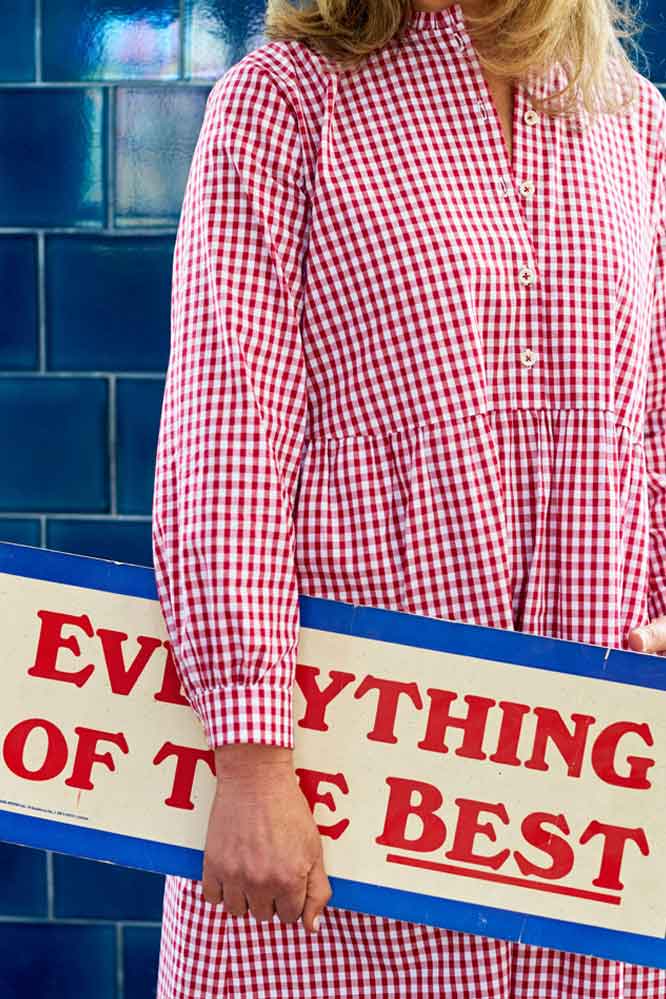
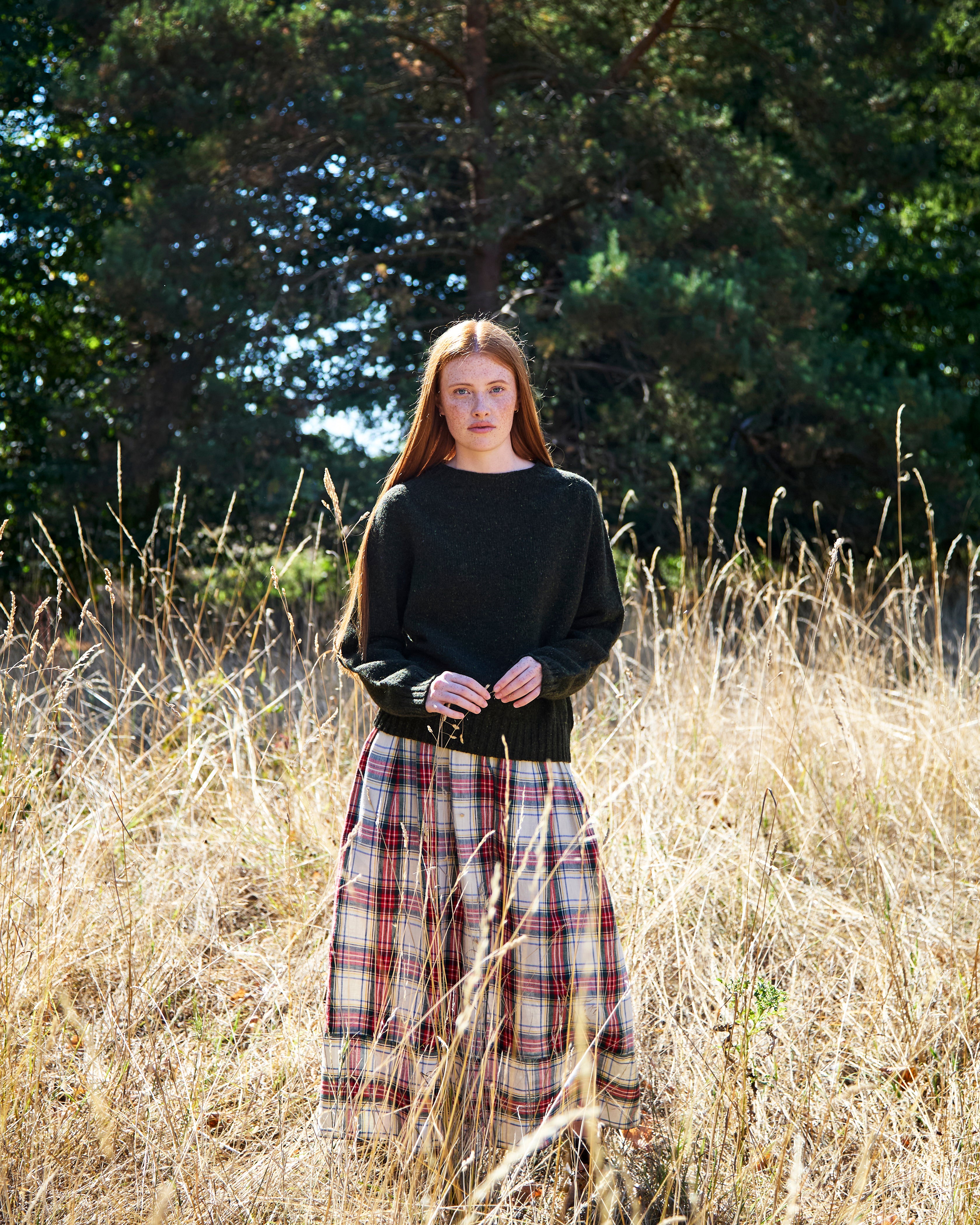
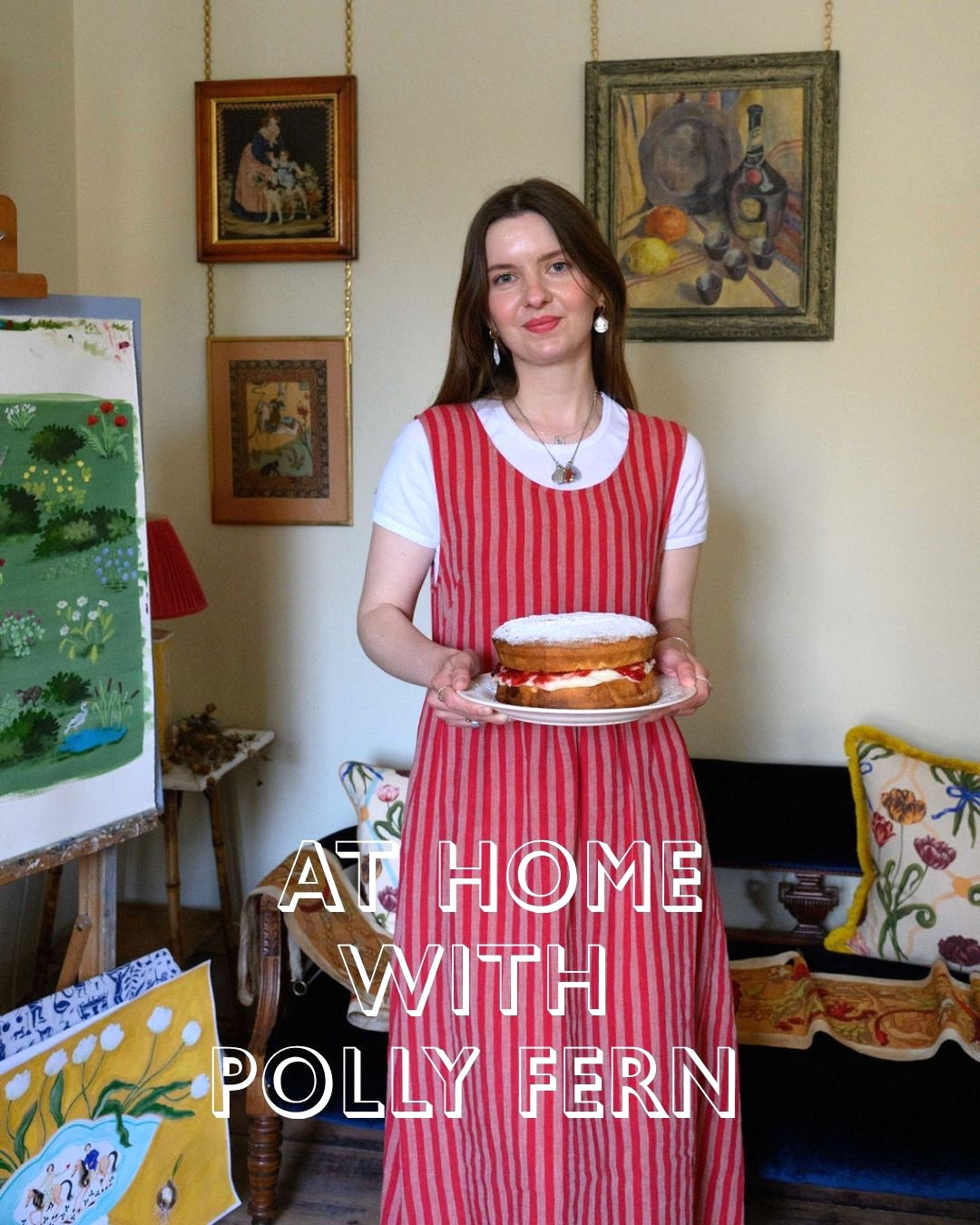
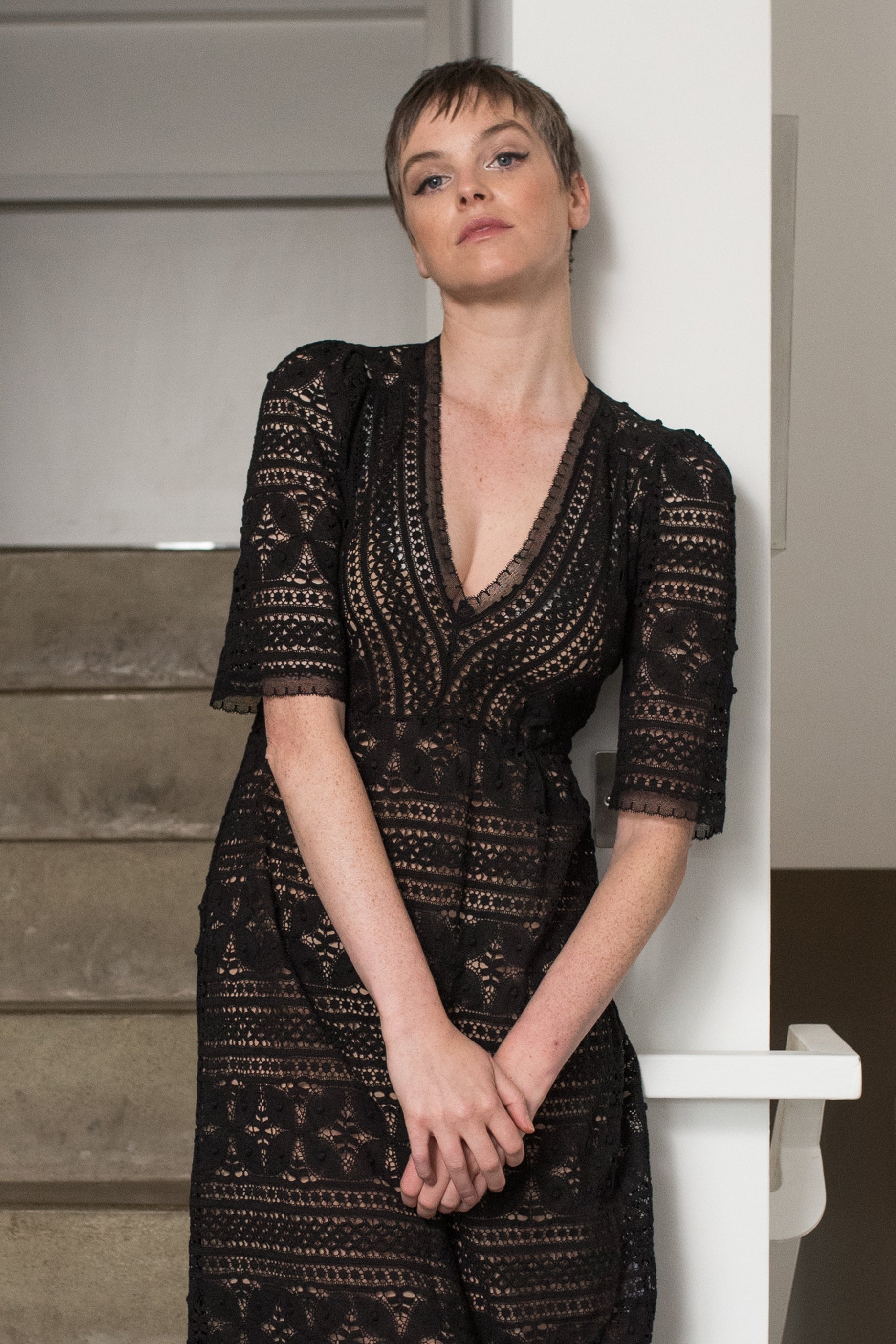
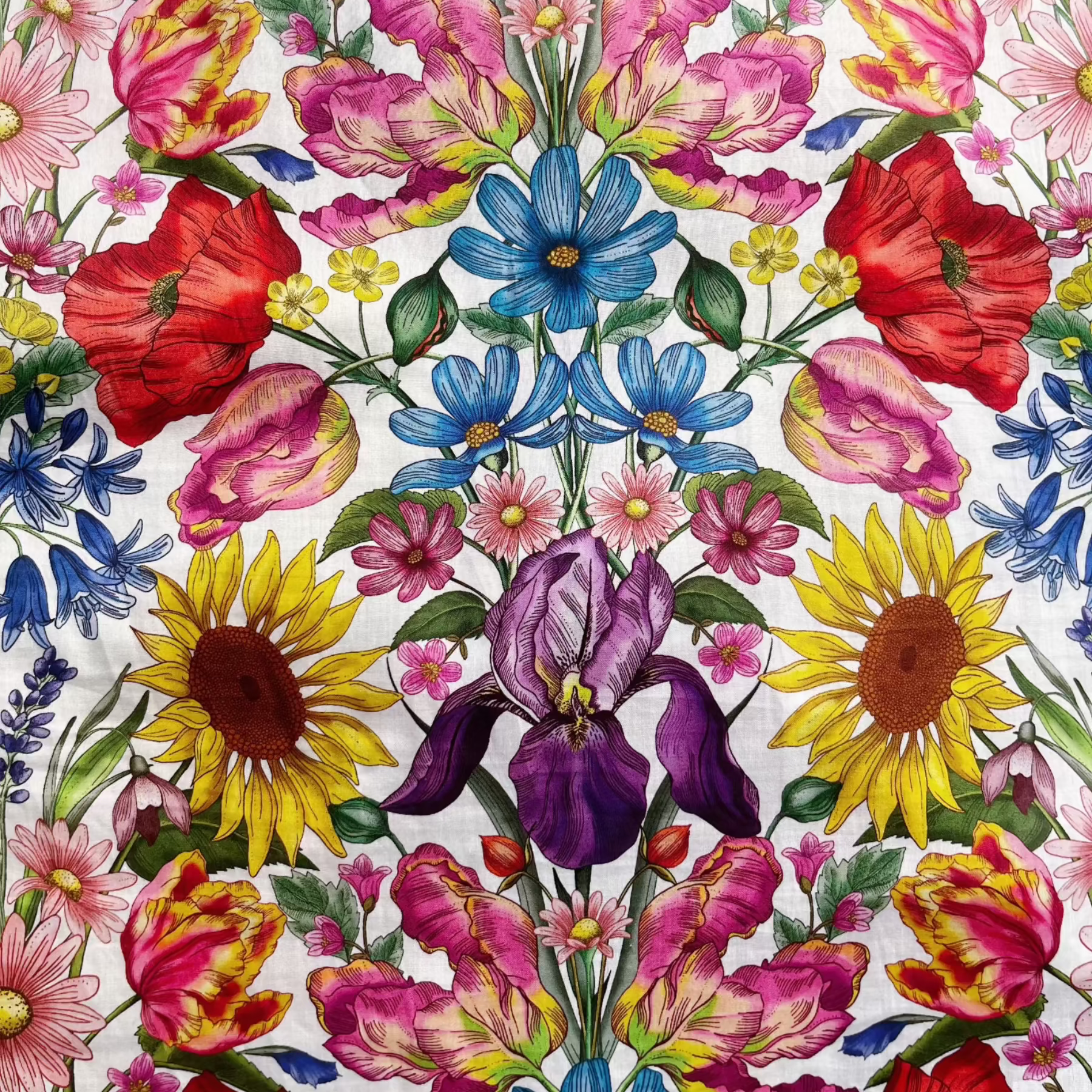
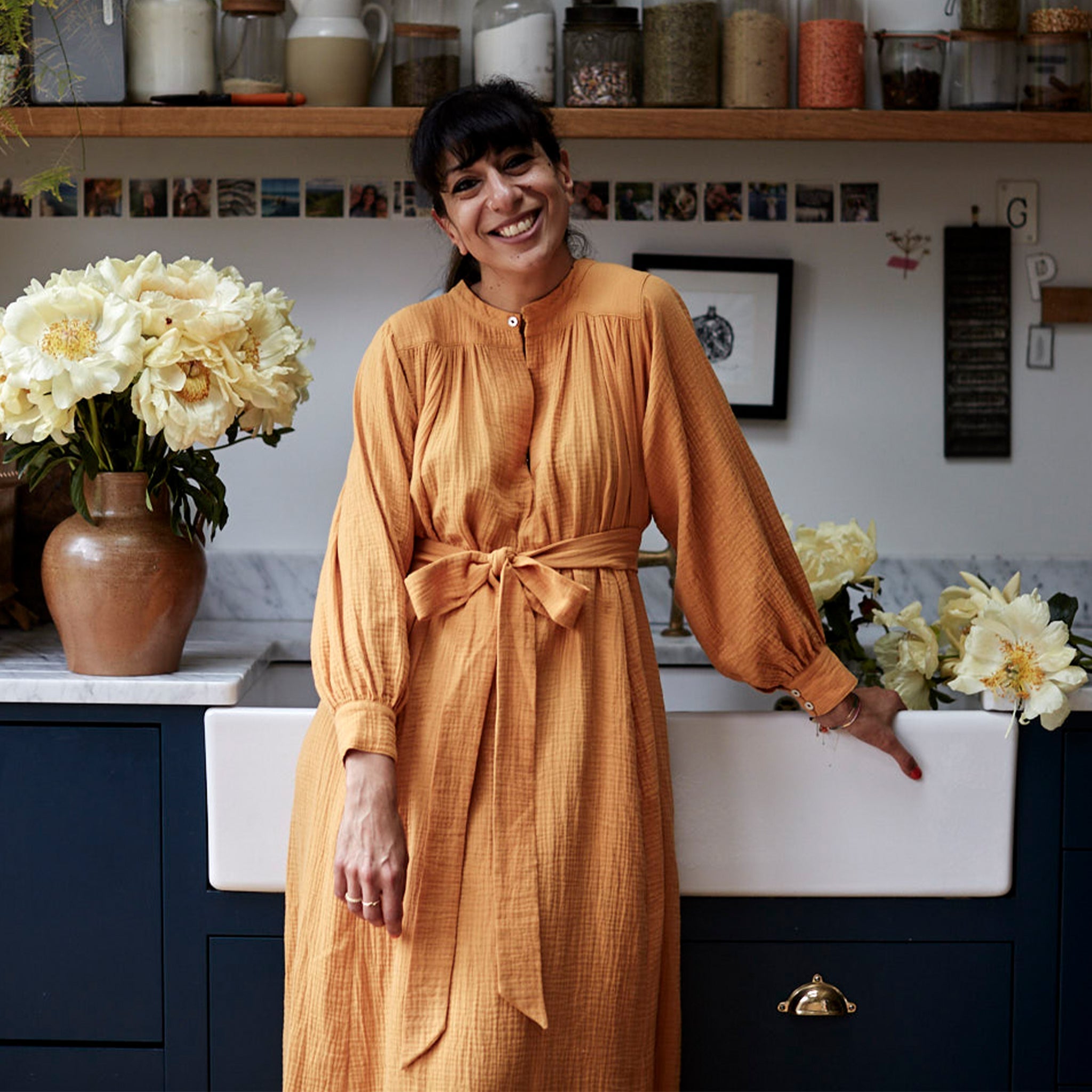
Leave a comment
This site is protected by hCaptcha and the hCaptcha Privacy Policy and Terms of Service apply.